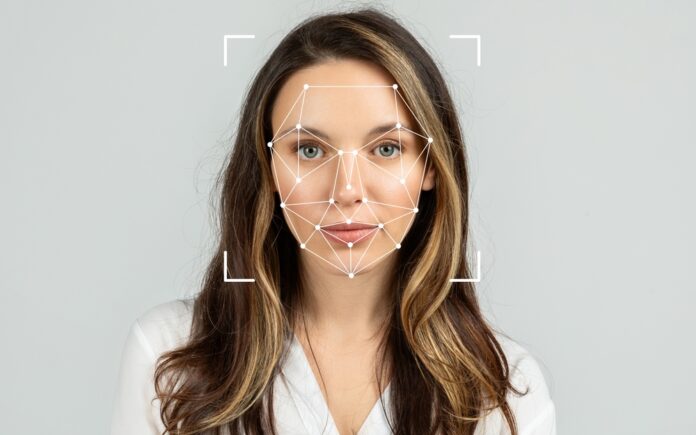The payment landscape in Brazil has undergone a major transformation in recent years, largely thanks to Pix. Launched in 2020 by the Central Bank of Brazil, this fee-free transfer system is used daily by millions of people to send and receive money instantly. Now, a new evolution launched and approved by the Central Bank in February is taking center stage as part of the Open Finance agenda: Biometric Pix. This next-generation payment experience further reduces friction at checkout by using facial or fingerprint authentication to confirm transactions.
Despite its simple user experience, Biometric Pix was developed with a secure process that ensures ease and safety.
Here’s a guide on how Biometric Pix works from the user’s perspective:
– Select Biometric Pix: At the time of purchase, the user chooses Biometric Pix as the payment method.
– Start registration/payment: The system sends the necessary payment information. If it’s the first time the person uses Pix with that bank, the system also initiates a one-time registration process.
– Redirect to the banking institution (for registration): The user is securely redirected to their bank’s app interface.
– One-time biometric registration: The banking institution requests biometric validation (face scan or fingerprint) for confirmation. Once validated, the institution securely stores this data for all future payments with that specific bank.
– Return to the app and complete the payment: After this one-time registration (if applicable), or immediately for subsequent payments, the user is redirected back to the merchant’s app. The payment is then authenticated via their biometrics, and the transaction is completed instantly.
Offering unmatched security, instant convenience, and easy scalability, Biometric Pix is perfectly positioned to redefine how payments are made across Brazil.
Here are four key reasons why:
1) It’s as easy as unlocking your phone
With Biometric Pix, making a payment feels as natural as unlocking your device. Instead of juggling multiple apps or copying complicated codes, the entire transaction is completed with a simple face or fingerprint scan. The experience is similar to Apple Pay or Google Wallet, but with one key difference: no redirection. Users simply scan and pay, all within the same interface.
As César Garcia, CEO of OneKey Payments, explains: “Biometric payments have the potential to surpass Pix as the leading payment method in Brazil across all sectors, from gambling to e-commerce. We’re talking about one click to scan your face or fingerprint, without opening your banking app or copying codes. This reduces the payment process from 2 minutes to under 10 seconds, boosts conversion, and eliminates friction for users who want to enjoy the experience, not fill out forms.”
2) Stronger security where it matters most
Security concerns are understandable, especially in a country where fraud is an ever-present danger. In 2024, over half of Brazilians reported being victims of financial scams. Nearly half of these cases involved credit card fraud, while fraudulent Pix QR codes accounted for a third.
This is one of the main reasons why Biometric Pix offers a smarter alternative. Instead of relying on static information like card numbers or Pix keys, it uses biometric authentication. This data is unique to each individual and incredibly difficult to replicate. Most importantly, biometric information is never shared as raw data or images. Instead, it’s securely encrypted and processed using advanced protocols that protect user privacy and keep fraudsters out.
In practice, this means Biometric Pix doesn’t just match the security of older methods—it enhances it. No copying, no counterfeiting, no intercepted codes. Just a face or fingerprint scan, instantly verified and end-to-end protected.
3) Fewer steps, better results
Payment friction is the silent killer of conversions, and the data proves it. OneKey Payments’ “Disruptive Payments” research, recently released, shows that 63% of Latin American consumers abandoned purchases simply because they were asked to input too much personal data. Meanwhile, over two-thirds (68%) gave up when redirected to a second screen to validate payment. In Brazil, where cart abandonment averages over 80%, these small interruptions have a big impact on business.
Biometric Pix removes these hurdles by linking biometric data directly to the user’s bank account, allowing payments to be confirmed instantly in a single interface. This means no forms or redirections. As a result, conversion rates with Biometric Pix can reach 90%, compared to just 38% with traditional QR code flows. Of course, these conversion rates vary significantly depending on the business model and customer behavior, but processes requiring fast transactions—like gambling and e-commerce—show the most promising growth potential for biometrics.
4) Designed for rapid adoption across sectors
Biometric Pix is still gaining traction. However, its core technology was built to scale in e-commerce environments and any sector handling payments. Since it integrates directly with the existing Pix infrastructure (used by millions) and leverages biometric authentication users already know from their smartphones, it requires no new habits or additional equipment.
From retail and transportation to delivery, entertainment, and beyond, any platform that accepts Pix can adopt Biometric Pix seamlessly. This represents enormous potential and a significant threat to traditional card models, prompting even major players like Visa and Mastercard to consider reinventions. Visa, for example, has already announced its entry into the open finance market with its own payment institution focused on Pix Payment Initiation.
Although still in early adoption stages, the entry of such significant players into the open finance and No-Redirection Journey (Biometric Pix) market is likely to significantly boost this solution, making its widespread adoption a matter of ‘when’—not ‘if’.


